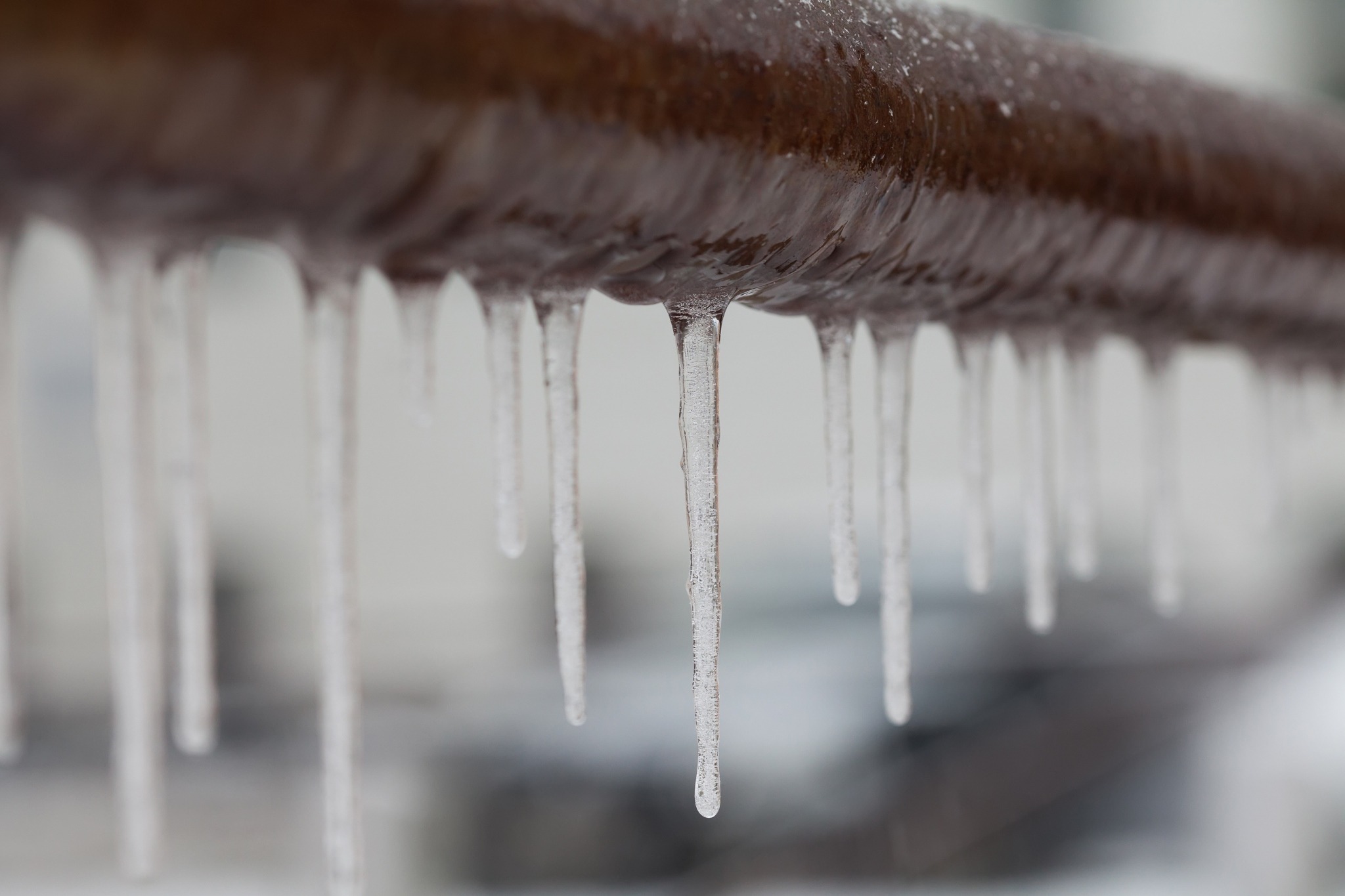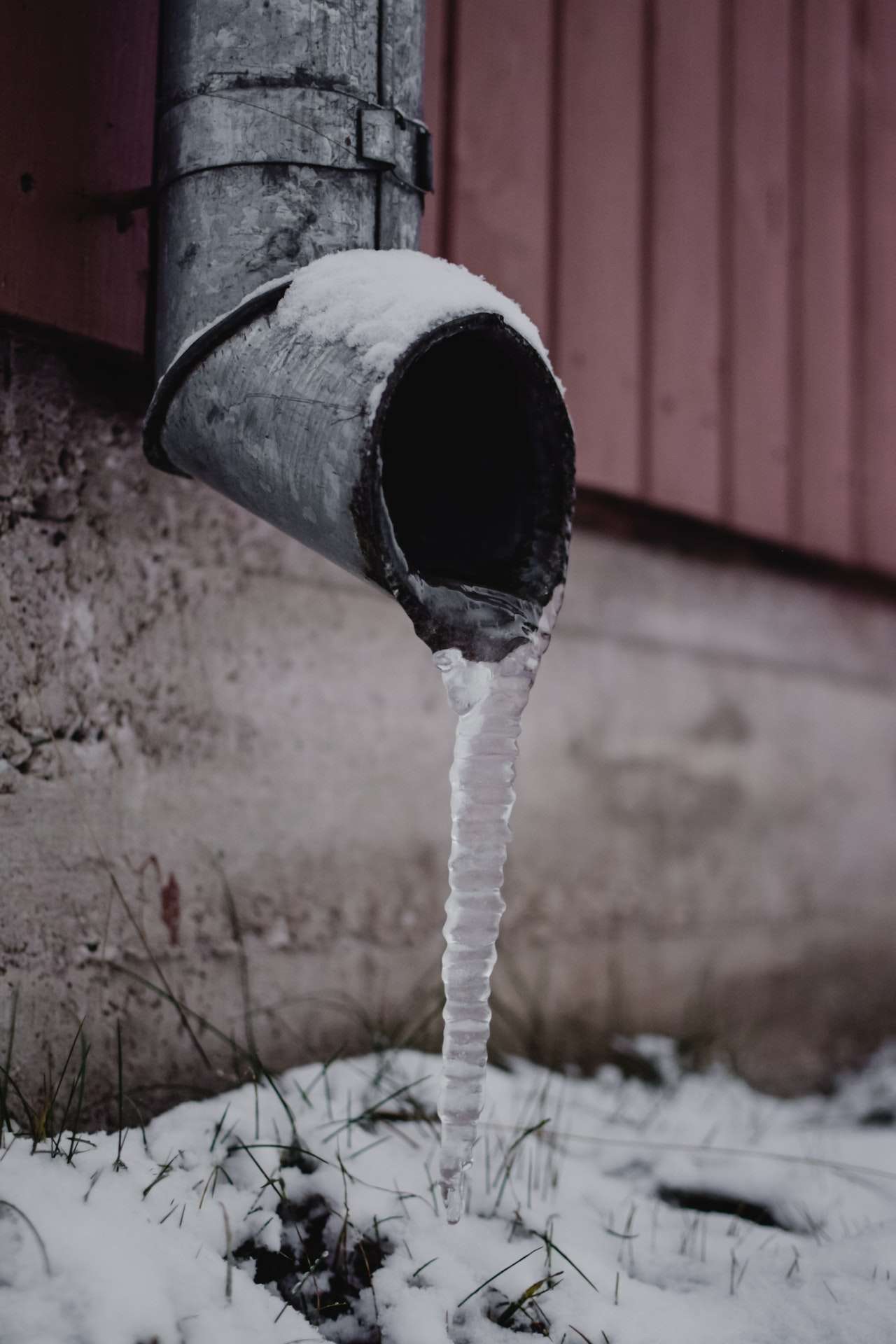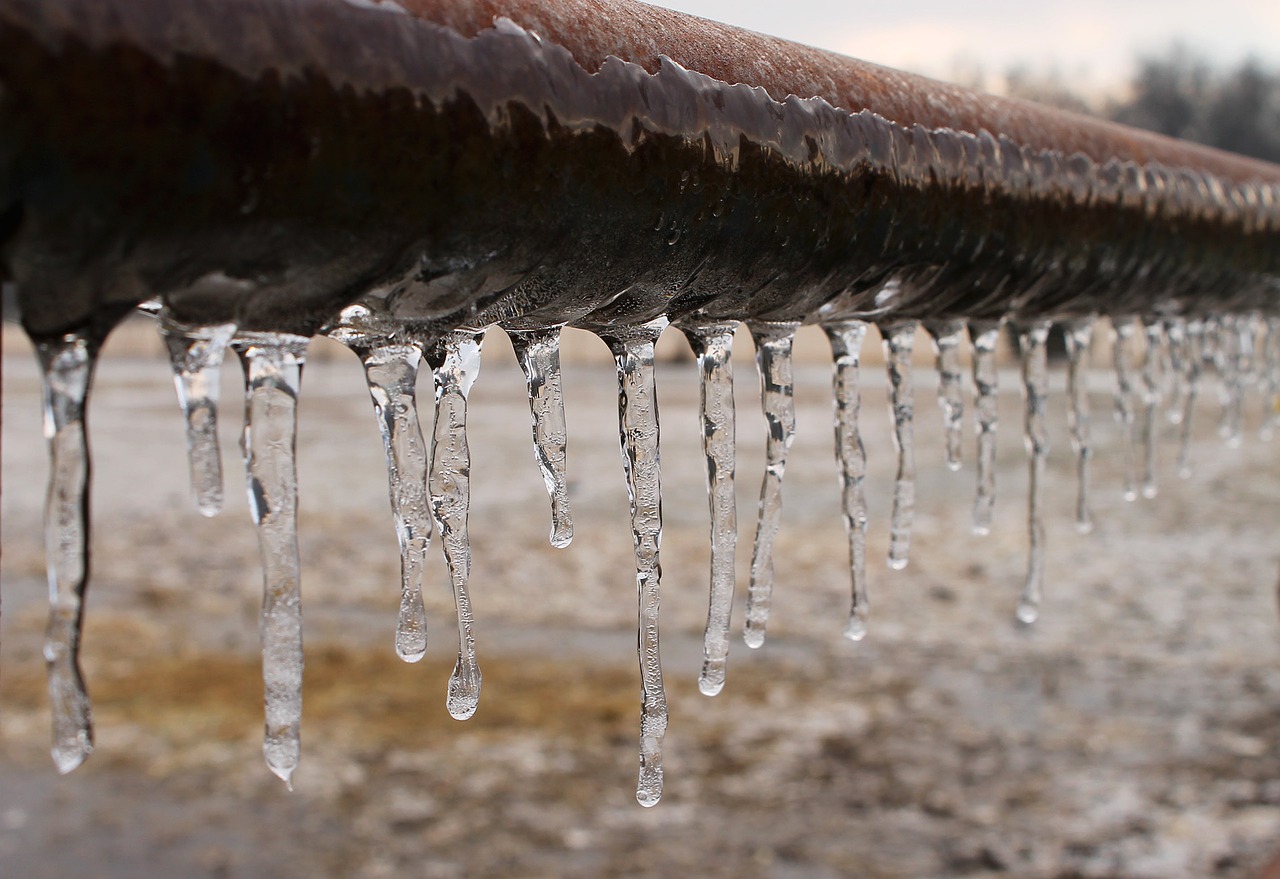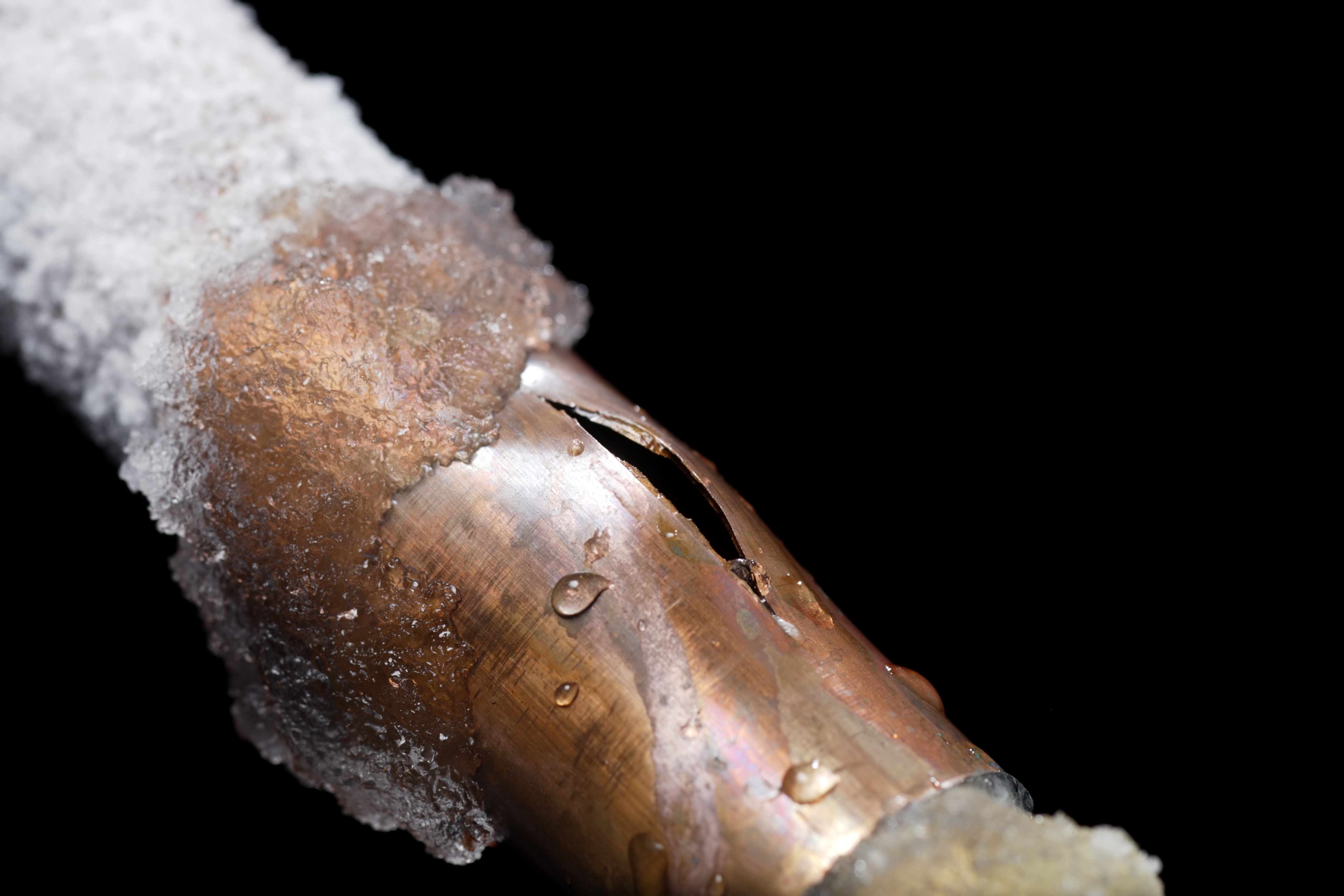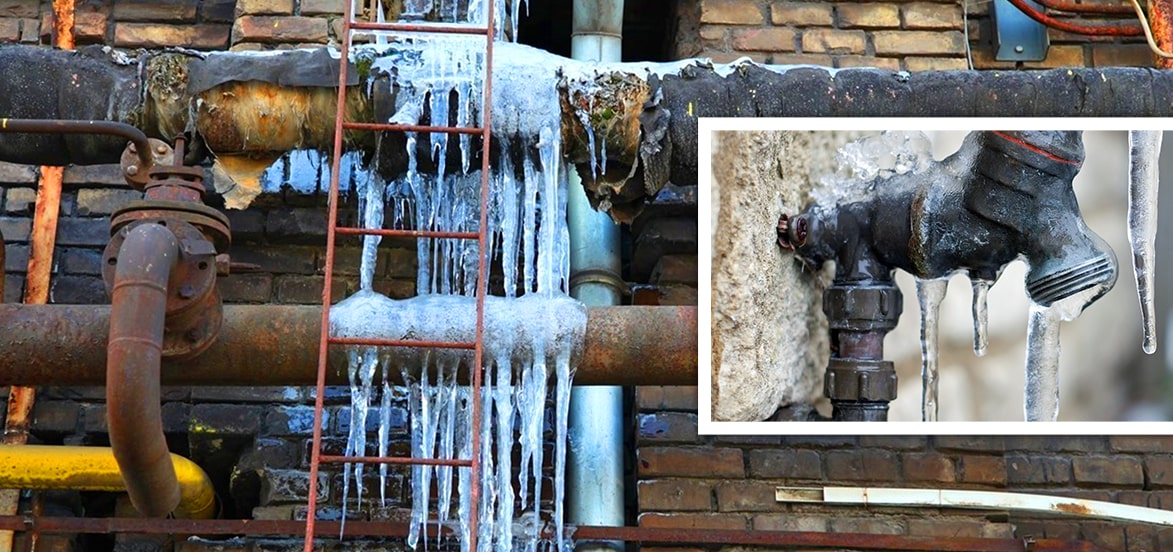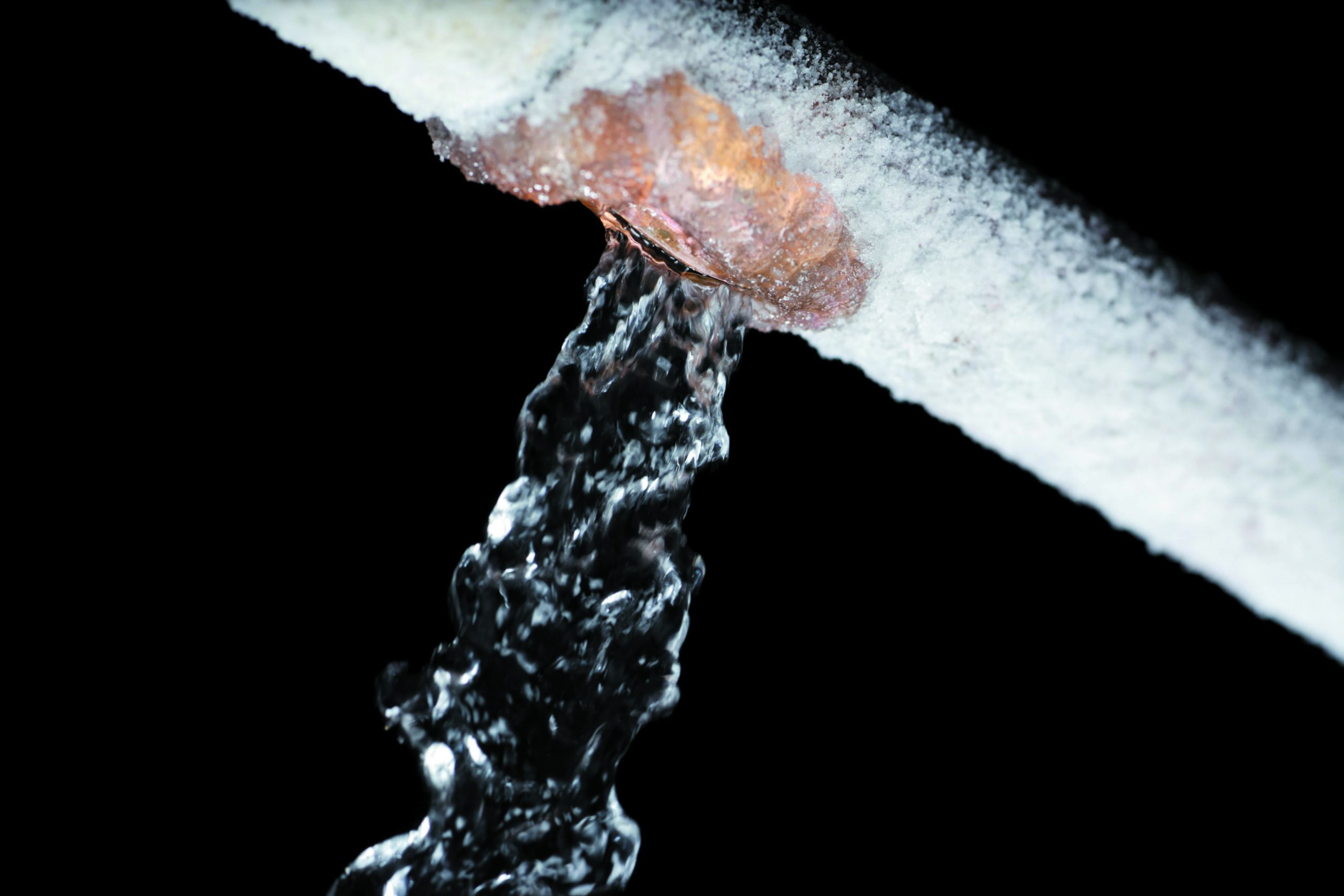If you've ever experienced the frustration of a frozen kitchen sink pipe, you know how inconvenient and disruptive it can be. Not only does it prevent you from using your sink, but it can also lead to bigger problems if left untreated. Fortunately, there are ways to thaw a frozen kitchen sink pipe and get your sink working again. Here's what you need to know.How to Thaw a Frozen Kitchen Sink Pipe
The best way to deal with a frozen kitchen sink pipe is to prevent it from happening in the first place. Taking proactive measures can save you time, money, and headaches down the road. One simple way to prevent frozen pipes is to insulate them. You can use foam insulation or even old towels to wrap around the pipes and keep them warm. It's also a good idea to keep your kitchen cabinets open to allow warm air to circulate around the pipes. And if you know a particularly cold night is coming, you can leave a faucet dripping to keep water moving and prevent it from freezing.Preventing Frozen Pipes in Your Kitchen Sink
If you find yourself with a frozen kitchen sink pipe, the first step is to turn off the water supply to your sink. This will prevent any further damage if the pipe bursts. Next, you can try using a hair dryer to thaw the pipe. Start from the end closest to the faucet and work your way down. Be sure to keep the hair dryer at a safe distance to avoid any damage to the pipe. It may take some time, but eventually, the ice should melt and the water will start flowing again.What to Do When Your Kitchen Sink Pipe Freezes
It's important to be able to recognize the signs of a frozen pipe in your kitchen sink so you can take action quickly. The most obvious sign is that no water is coming out of your faucet or it's only trickling out. You may also hear strange noises coming from the pipe, such as cracking or popping. If you suspect your pipe is frozen, it's best to act fast to prevent any further damage.Signs of a Frozen Pipe in Your Kitchen Sink
As mentioned earlier, a hair dryer can be a useful tool in thawing a frozen kitchen sink pipe. It's important to remember to keep the hair dryer at a safe distance and to move it around to avoid any one spot getting too hot. You may also want to use a towel or cloth to catch any water that may start dripping as the ice melts. Once the water is flowing again, you can turn the water supply back on and test the faucet to make sure everything is working properly.Using a Hair Dryer to Thaw a Frozen Kitchen Sink Pipe
If you live in an area with particularly cold winters, it may be wise to invest in insulating your kitchen sink pipes. Foam insulation or pipe sleeves can be found at most hardware stores and can be easily installed yourself. This added layer of protection will help keep your pipes warm and prevent them from freezing.Insulating Your Kitchen Sink Pipes to Prevent Freezing
You may be wondering why your kitchen sink pipes freeze in the first place. The most common reason is that they are exposed to cold temperatures. This can happen if the pipes are located in an uninsulated space, such as under your sink or in an exterior wall. Other factors that can contribute to frozen pipes include poor insulation, lack of warm air circulation, and leaving your faucet dripping.Why Do Kitchen Sink Pipes Freeze?
If you don't have a hair dryer or if it's not working, you can try using hot water to thaw a frozen kitchen sink pipe. Fill a pot or bucket with hot water (not boiling) and slowly pour it over the frozen section of the pipe. You can also use a cloth or towel soaked in hot water and wrap it around the pipe. This method may take longer than using a hair dryer, but it can still be effective.Thawing a Frozen Kitchen Sink Pipe with Hot Water
If your kitchen sink pipe freezes, it's important to address the issue immediately to prevent any further damage. After you've thawed the pipe and the water is flowing again, you may want to consider taking additional measures to prevent it from happening again in the future. This can include insulating the pipes, leaving a faucet dripping on particularly cold nights, or even rerouting the pipes to a warmer location.How to Fix a Frozen Kitchen Sink Pipe
There are a few common causes of frozen pipes in kitchen sinks. As mentioned earlier, exposure to cold temperatures is the main culprit. Other factors can include poor insulation, lack of warm air circulation, and leaving your faucet dripping. It's important to take steps to prevent frozen pipes in your kitchen sink, but if it does happen, know that there are ways to thaw the pipe and get your sink working again.Common Causes of Frozen Pipes in Kitchen Sinks
The Dangers of a Frozen Pipe in Your Kitchen Sink
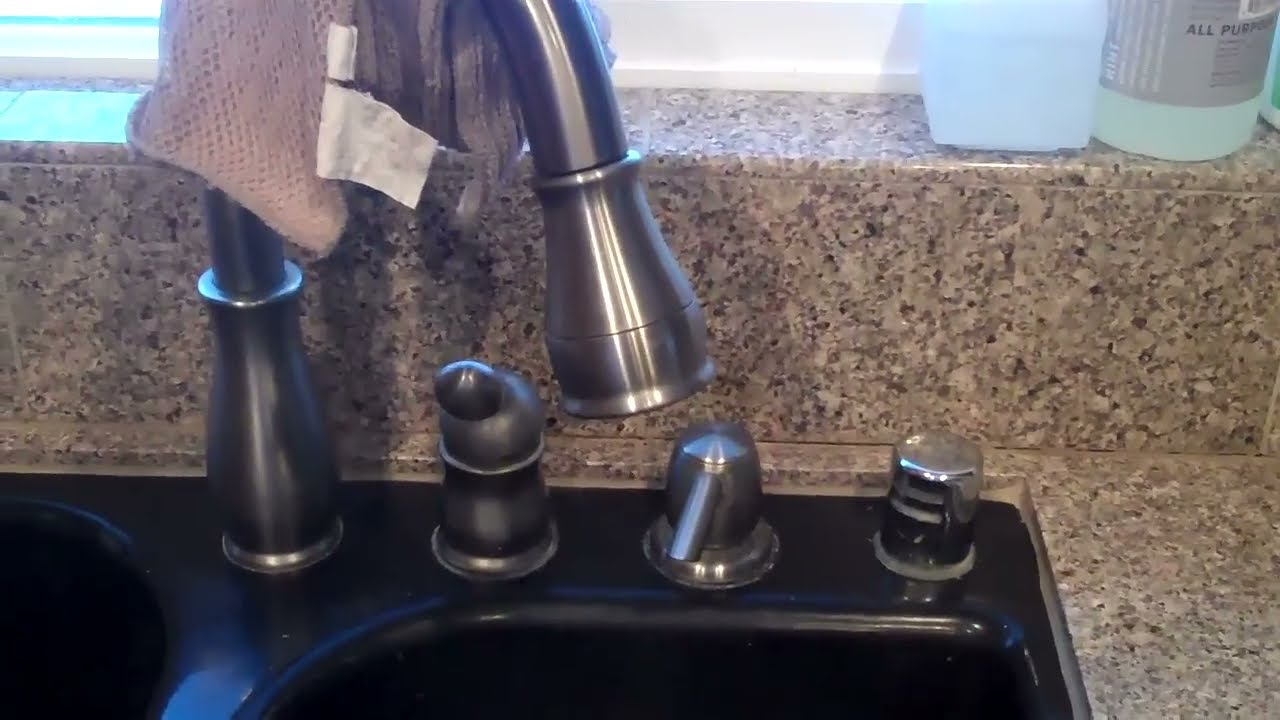
Don't Let a Frozen Pipe Ruin Your Day
 If you live in an area with cold winters, you are probably familiar with the inconvenience of a frozen pipe. This can be especially problematic when it happens in your kitchen sink. Not only does it disrupt your daily routine, but it can also lead to costly repairs and potential damage to your home. In this article, we will discuss the dangers of a frozen pipe in your kitchen sink and how to prevent and address this issue.
If you live in an area with cold winters, you are probably familiar with the inconvenience of a frozen pipe. This can be especially problematic when it happens in your kitchen sink. Not only does it disrupt your daily routine, but it can also lead to costly repairs and potential damage to your home. In this article, we will discuss the dangers of a frozen pipe in your kitchen sink and how to prevent and address this issue.
The Causes of a Frozen Pipe
/water-pipe-under-kitchen-sink-980755656-3ec7719515ab4e269908381b760f7366.jpg) A frozen pipe occurs when the temperature drops below freezing and water inside the pipe freezes. This can happen when the pipe is not properly insulated or when there is a significant drop in temperature. In the kitchen, pipes that are located against exterior walls or in unheated areas such as a basement or crawl space are most at risk. When water freezes, it expands and can create pressure within the pipe, causing it to burst. This can result in water damage to your home and a costly repair bill.
A frozen pipe occurs when the temperature drops below freezing and water inside the pipe freezes. This can happen when the pipe is not properly insulated or when there is a significant drop in temperature. In the kitchen, pipes that are located against exterior walls or in unheated areas such as a basement or crawl space are most at risk. When water freezes, it expands and can create pressure within the pipe, causing it to burst. This can result in water damage to your home and a costly repair bill.
The Effects of a Frozen Pipe
/how-to-install-a-sink-drain-2718789-hero-24e898006ed94c9593a2a268b57989a3.jpg) Aside from the inconvenience of not being able to use your kitchen sink, a frozen pipe can have more serious consequences. When a pipe bursts, it can release hundreds of gallons of water into your home, causing damage to walls, floors, and belongings. This can also lead to mold growth, which can have negative health effects. In addition, the cost of repairing the damage can be significant and may not be covered by your homeowner's insurance.
Aside from the inconvenience of not being able to use your kitchen sink, a frozen pipe can have more serious consequences. When a pipe bursts, it can release hundreds of gallons of water into your home, causing damage to walls, floors, and belongings. This can also lead to mold growth, which can have negative health effects. In addition, the cost of repairing the damage can be significant and may not be covered by your homeowner's insurance.
Prevention and Solutions
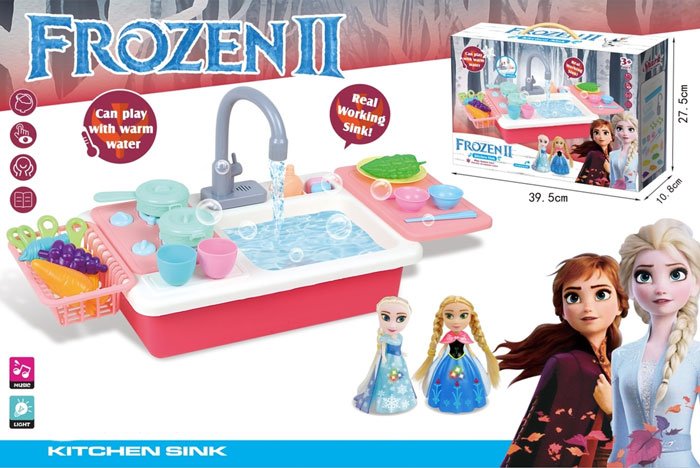 To prevent a frozen pipe in your kitchen sink, there are a few simple steps you can take. First, make sure to properly insulate any exposed pipes. This can be done with foam insulation sleeves or by wrapping the pipes with heating tape. You can also leave cabinet doors open to allow warm air to circulate around the pipes. If you know a cold snap is coming, you can also let your faucet drip to keep water flowing and prevent it from freezing.
If you already have a frozen pipe in your kitchen sink, it's important to act quickly. You can try thawing the pipe with a hairdryer or heating pad, being careful to avoid any electrical hazards. If the pipe has already burst, turn off the main water valve and call a professional plumber to assess the damage and make necessary repairs.
To prevent a frozen pipe in your kitchen sink, there are a few simple steps you can take. First, make sure to properly insulate any exposed pipes. This can be done with foam insulation sleeves or by wrapping the pipes with heating tape. You can also leave cabinet doors open to allow warm air to circulate around the pipes. If you know a cold snap is coming, you can also let your faucet drip to keep water flowing and prevent it from freezing.
If you already have a frozen pipe in your kitchen sink, it's important to act quickly. You can try thawing the pipe with a hairdryer or heating pad, being careful to avoid any electrical hazards. If the pipe has already burst, turn off the main water valve and call a professional plumber to assess the damage and make necessary repairs.
In Conclusion
:max_bytes(150000):strip_icc()/child-turning-off-a-tap-509498619-5810dcb15f9b58564c4918e2.jpg) A frozen pipe in your kitchen sink may seem like a minor inconvenience, but it can have serious and costly consequences. By properly insulating your pipes and taking preventative measures, you can avoid this issue. If you do encounter a frozen pipe, it's important to address it immediately to prevent further damage. Don't let a frozen pipe ruin your day – take the necessary precautions to protect your home and your wallet.
A frozen pipe in your kitchen sink may seem like a minor inconvenience, but it can have serious and costly consequences. By properly insulating your pipes and taking preventative measures, you can avoid this issue. If you do encounter a frozen pipe, it's important to address it immediately to prevent further damage. Don't let a frozen pipe ruin your day – take the necessary precautions to protect your home and your wallet.




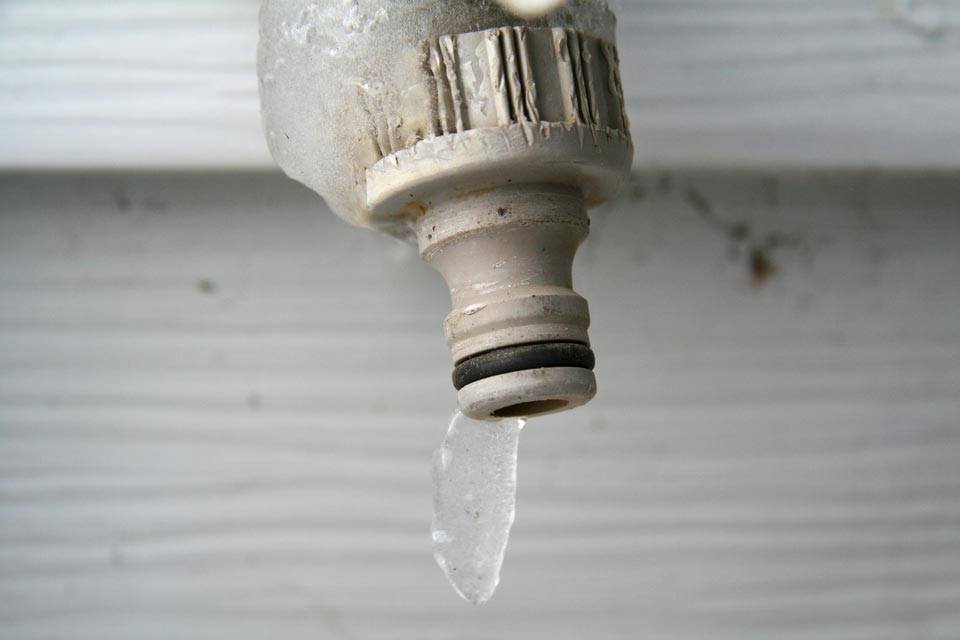
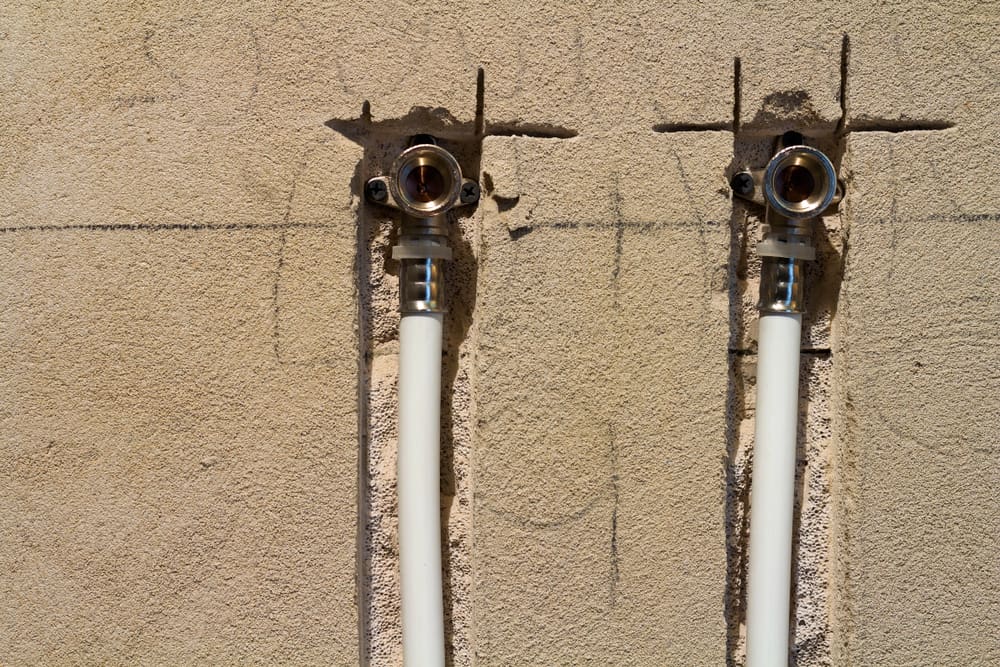
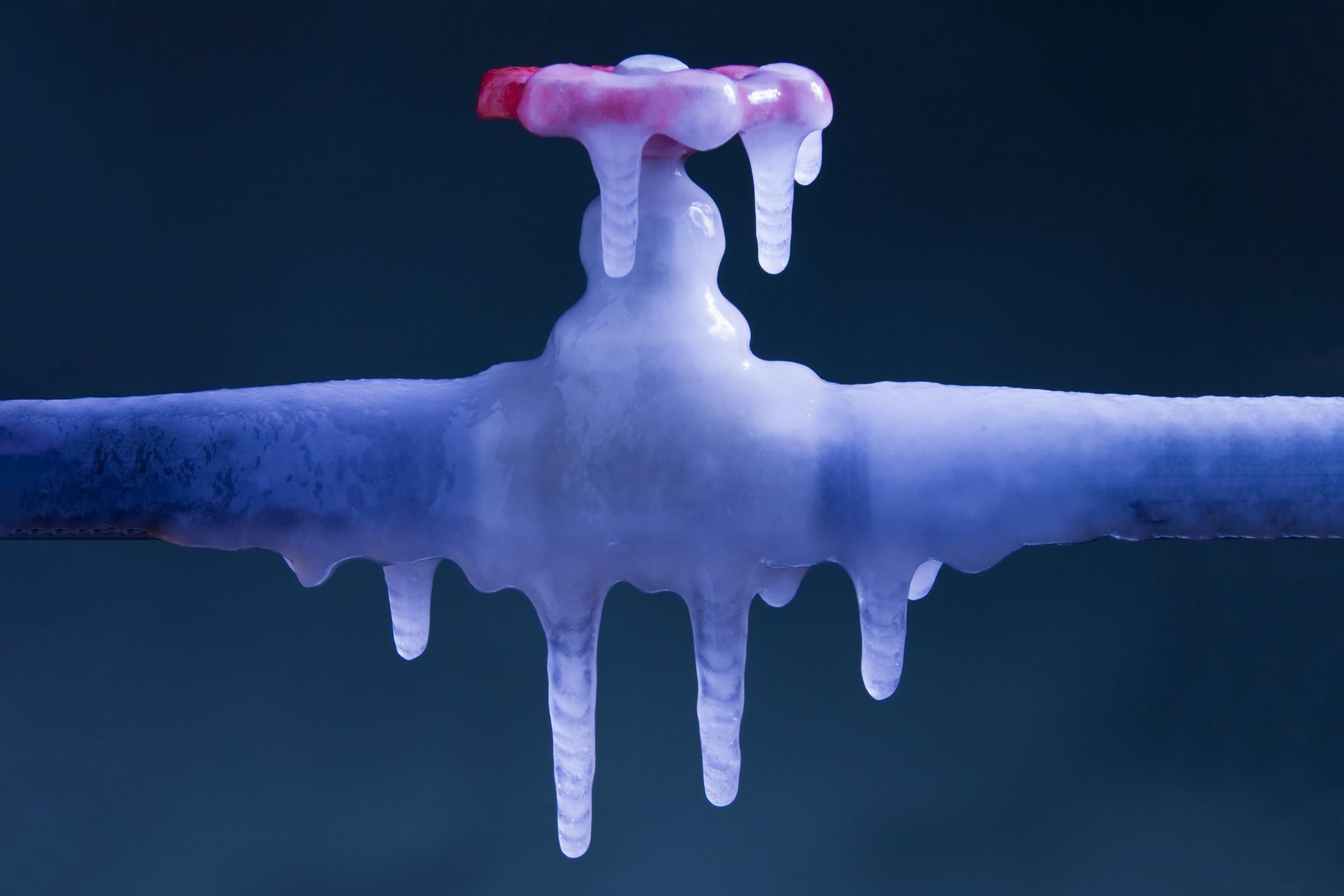


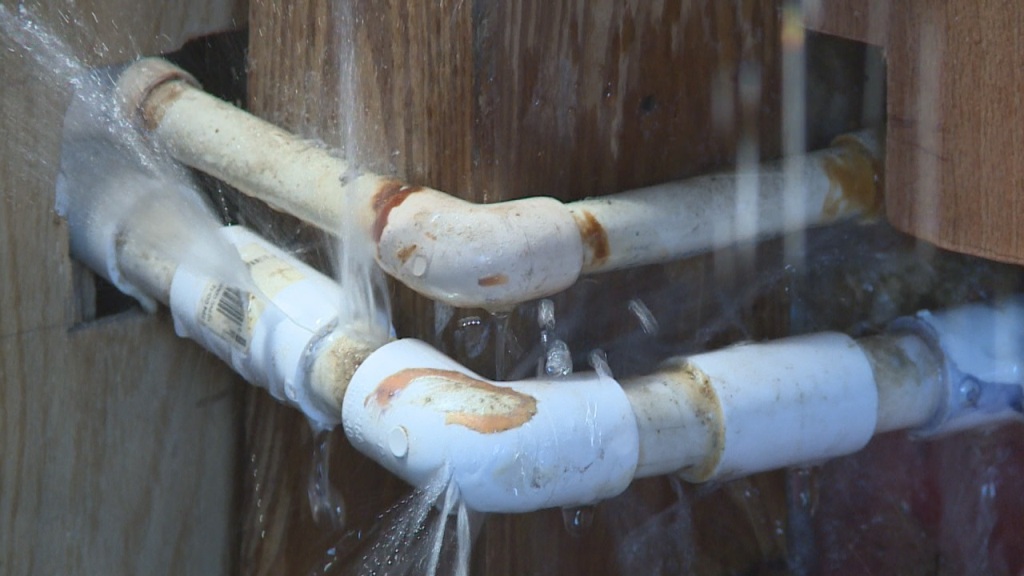



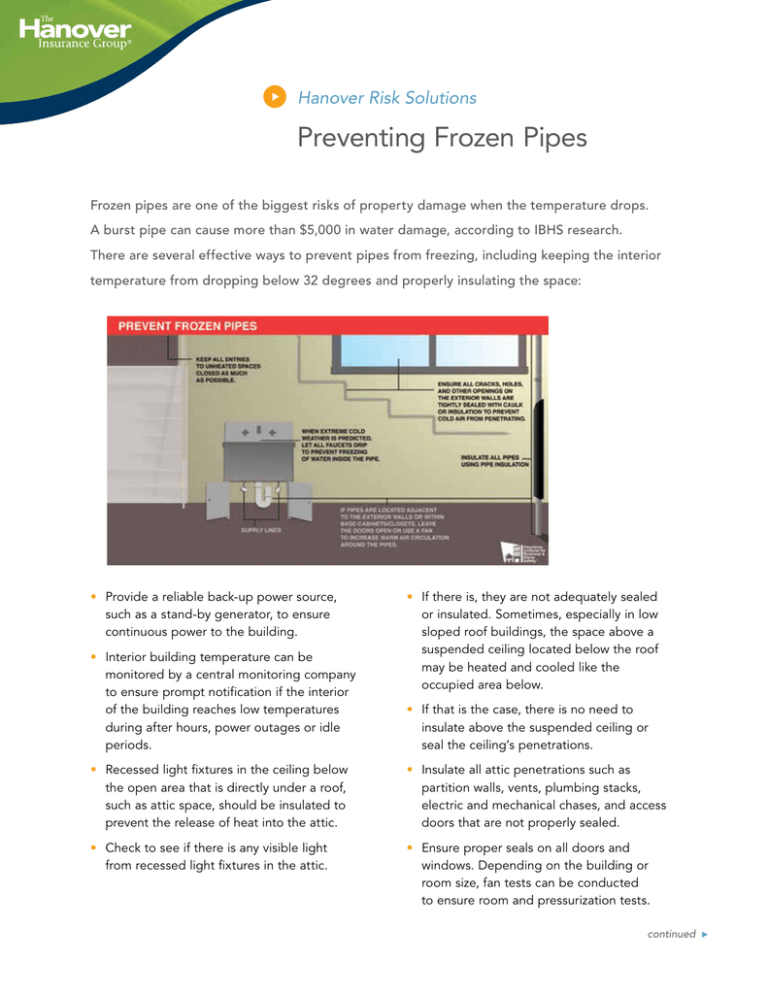



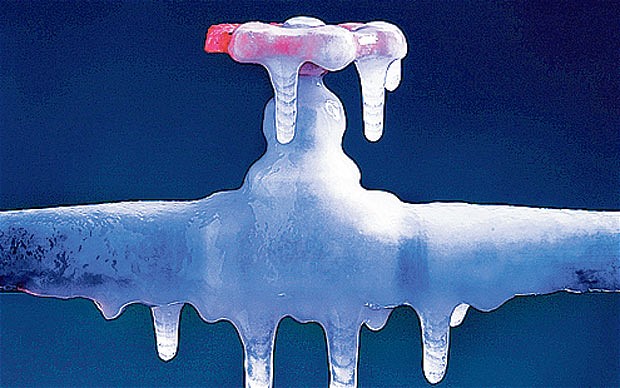


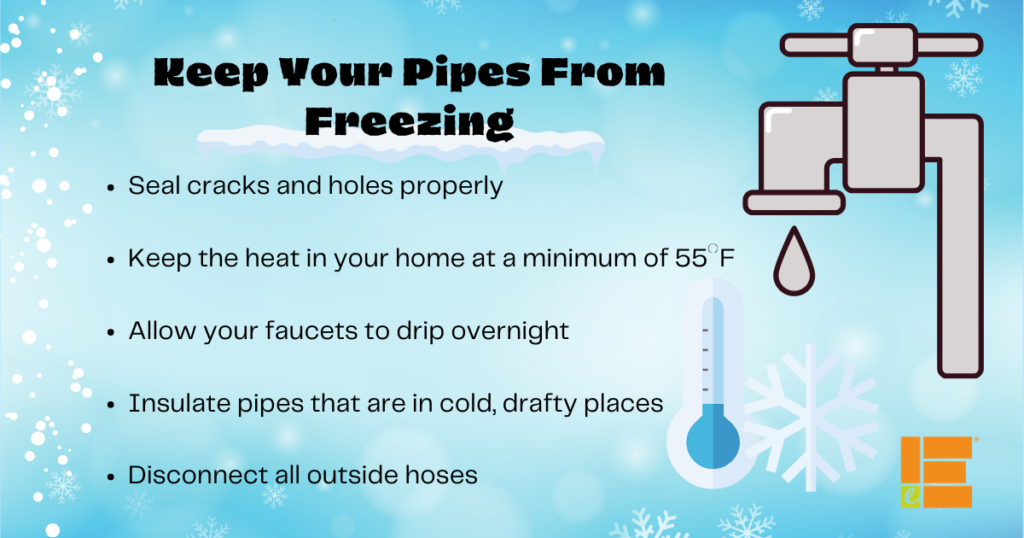
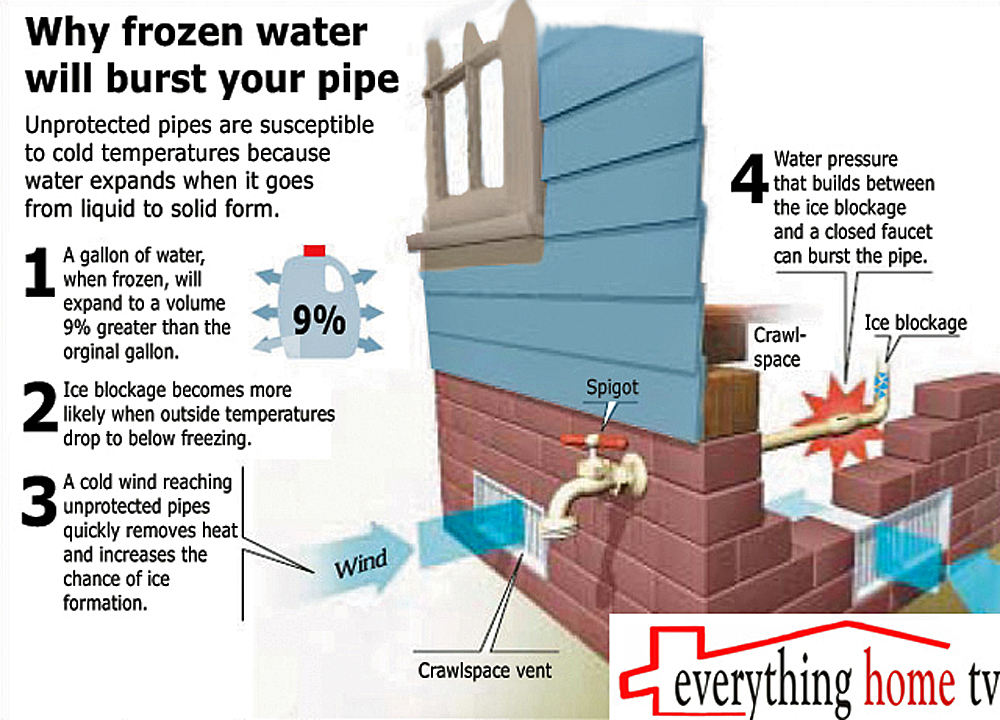






/sink-pipe-under-wash-basin-119001607-75542e154b364e7bb52032249f293908.jpg)


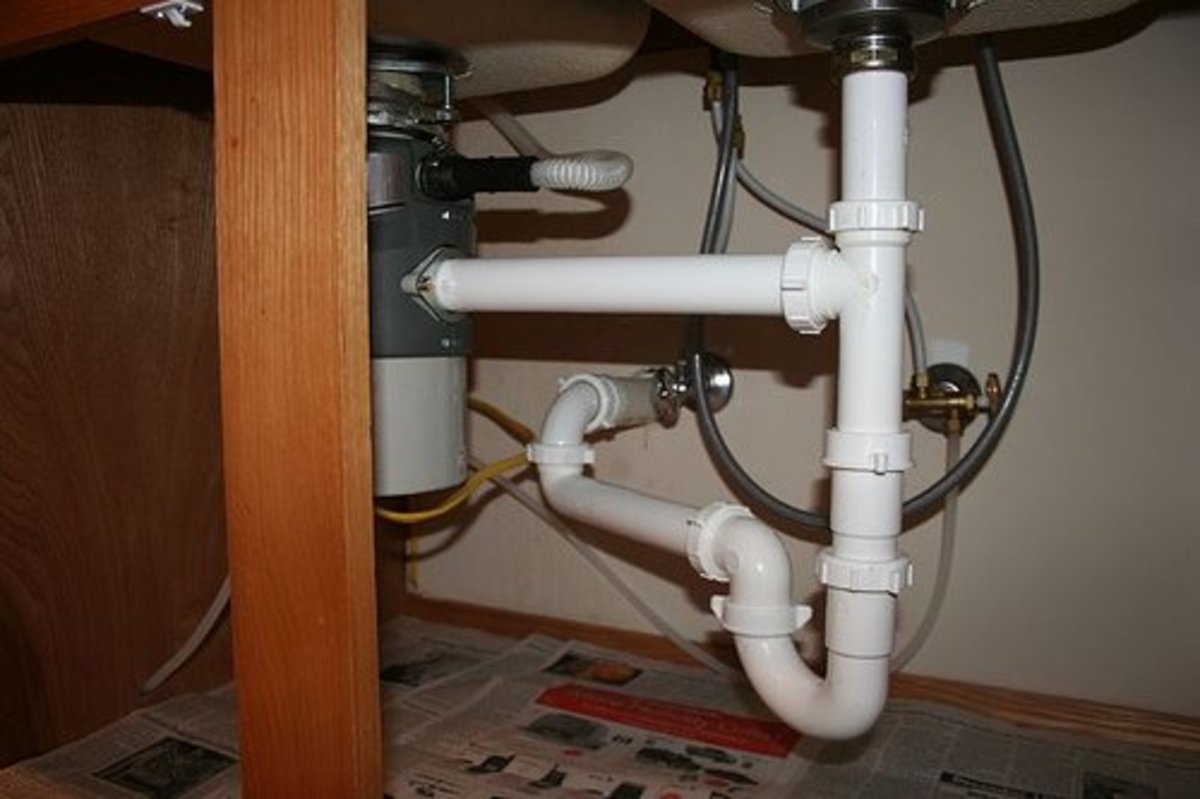
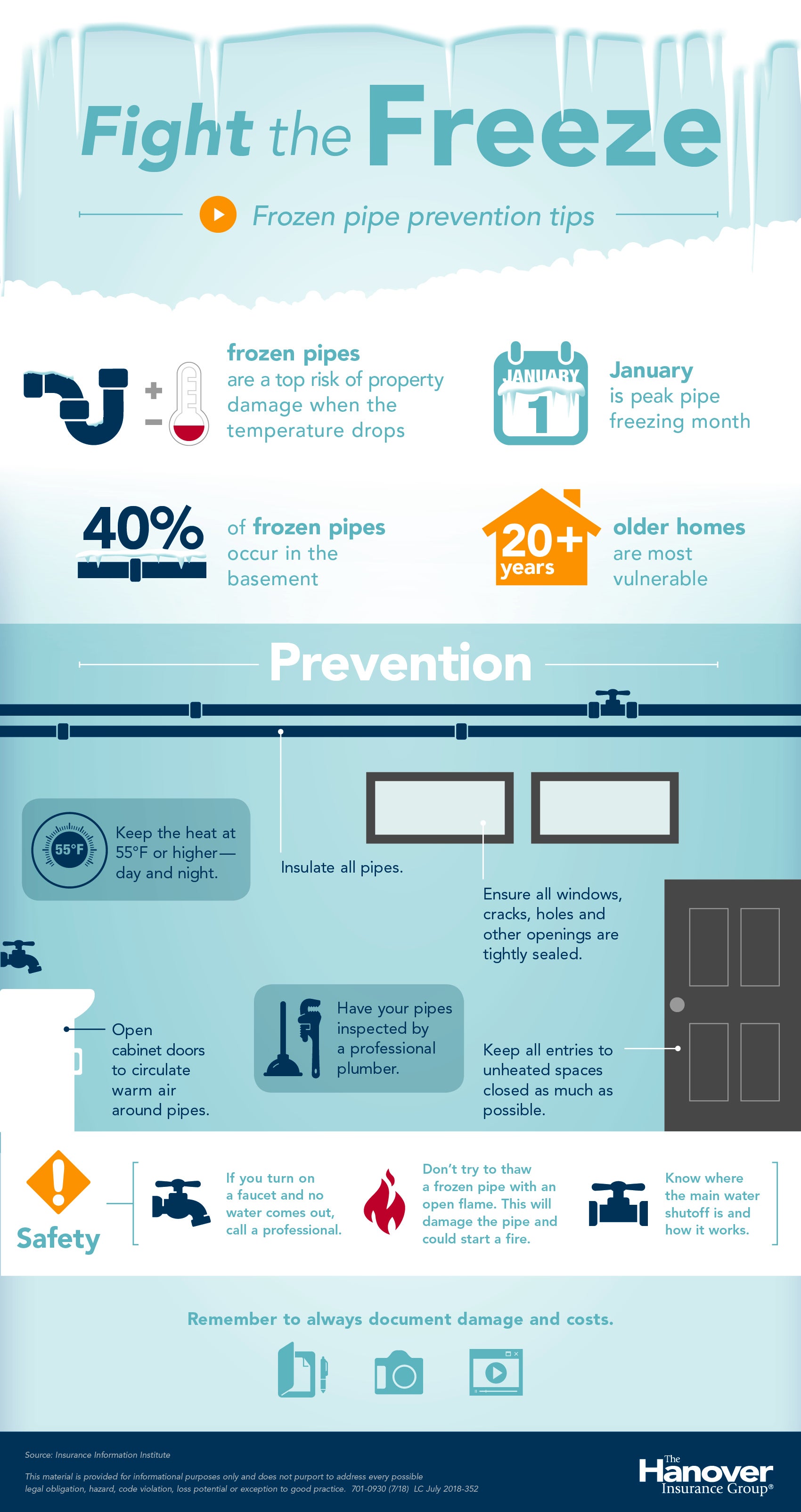











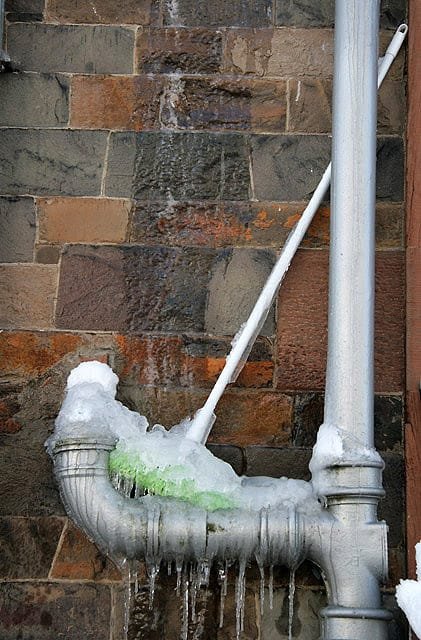
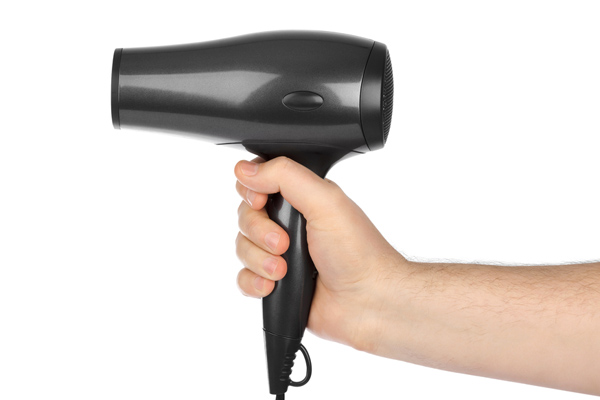
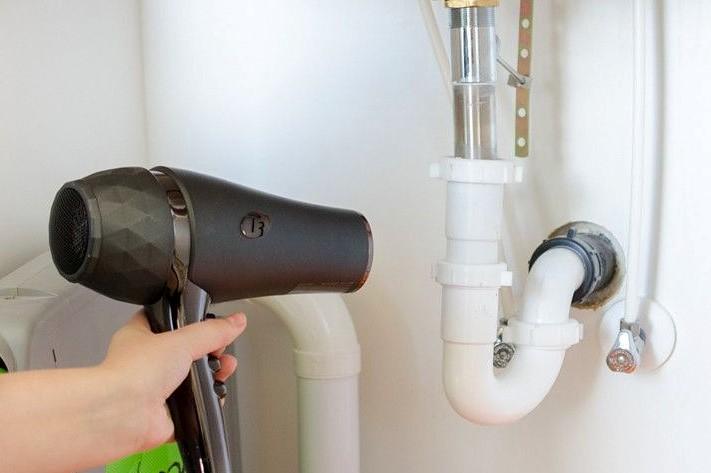
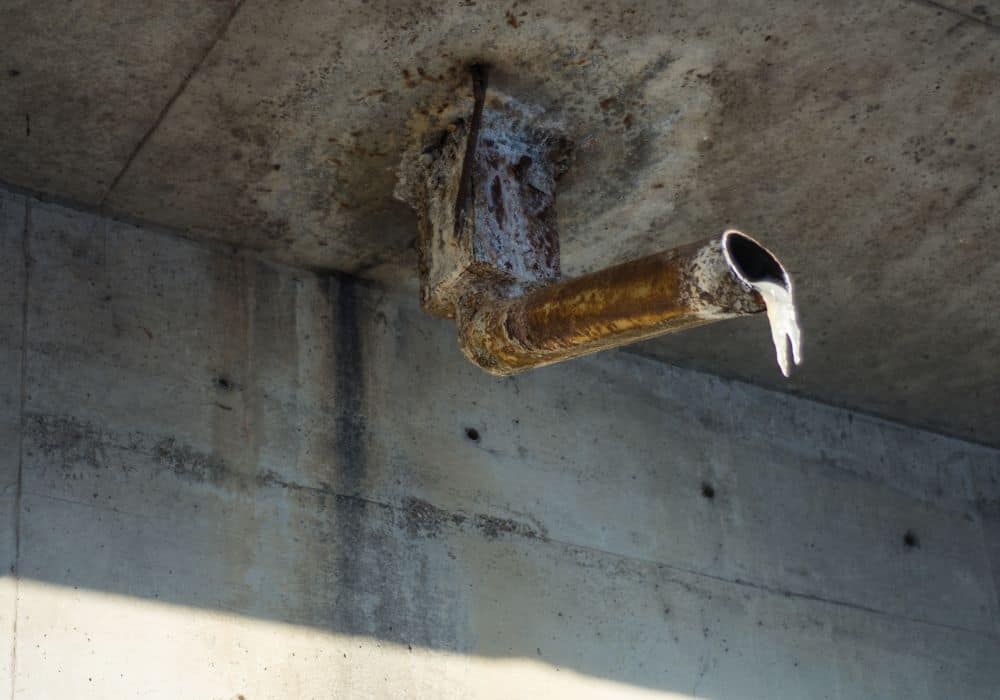





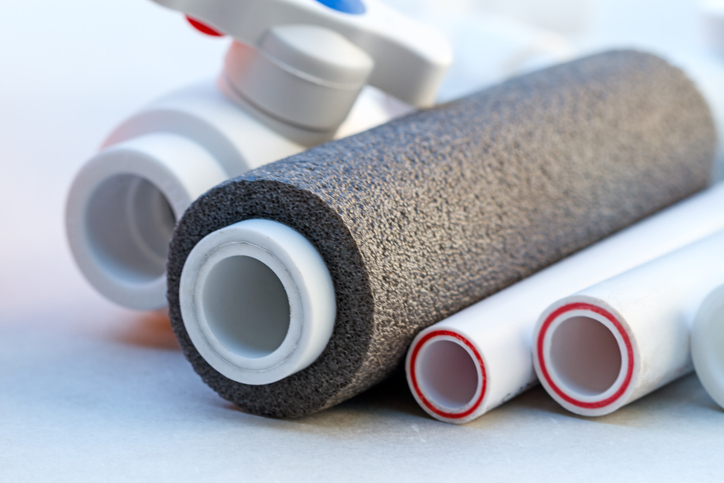

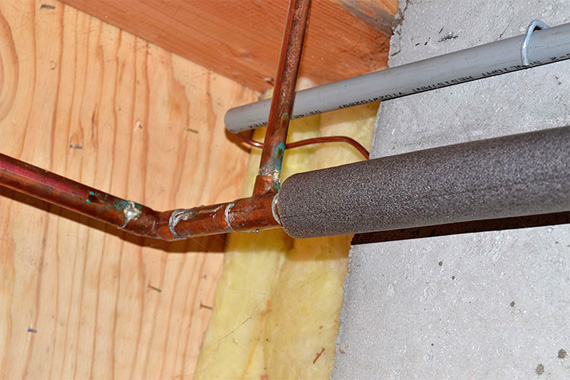


:max_bytes(150000):strip_icc()/stop-freezing-pipes-2124982-revision1-5c01a886c9e77c0001439273.png)
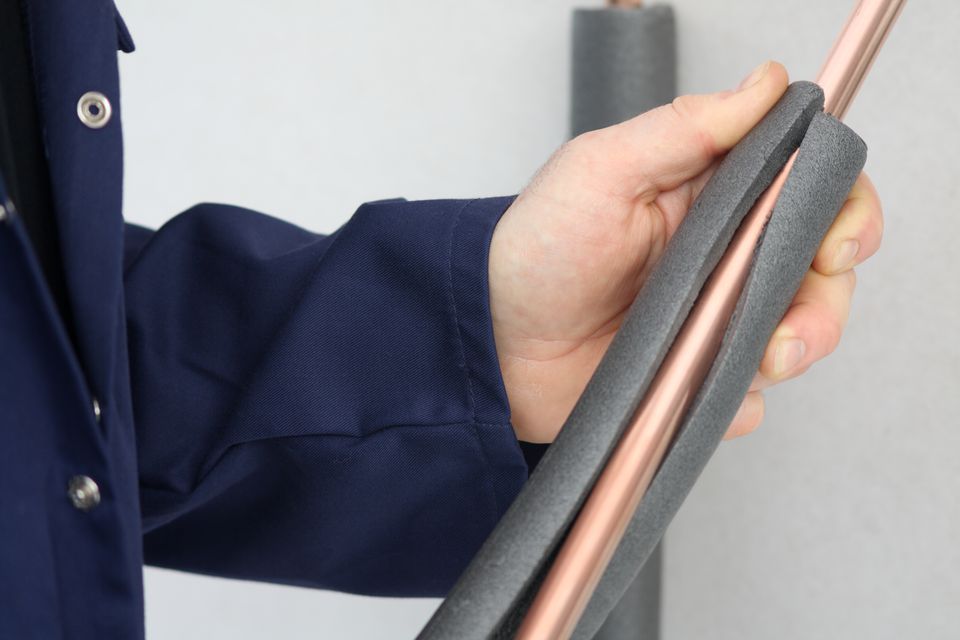








/broken-water-pipes-162189386-58053b885f9b5805c2200c3d.jpg)
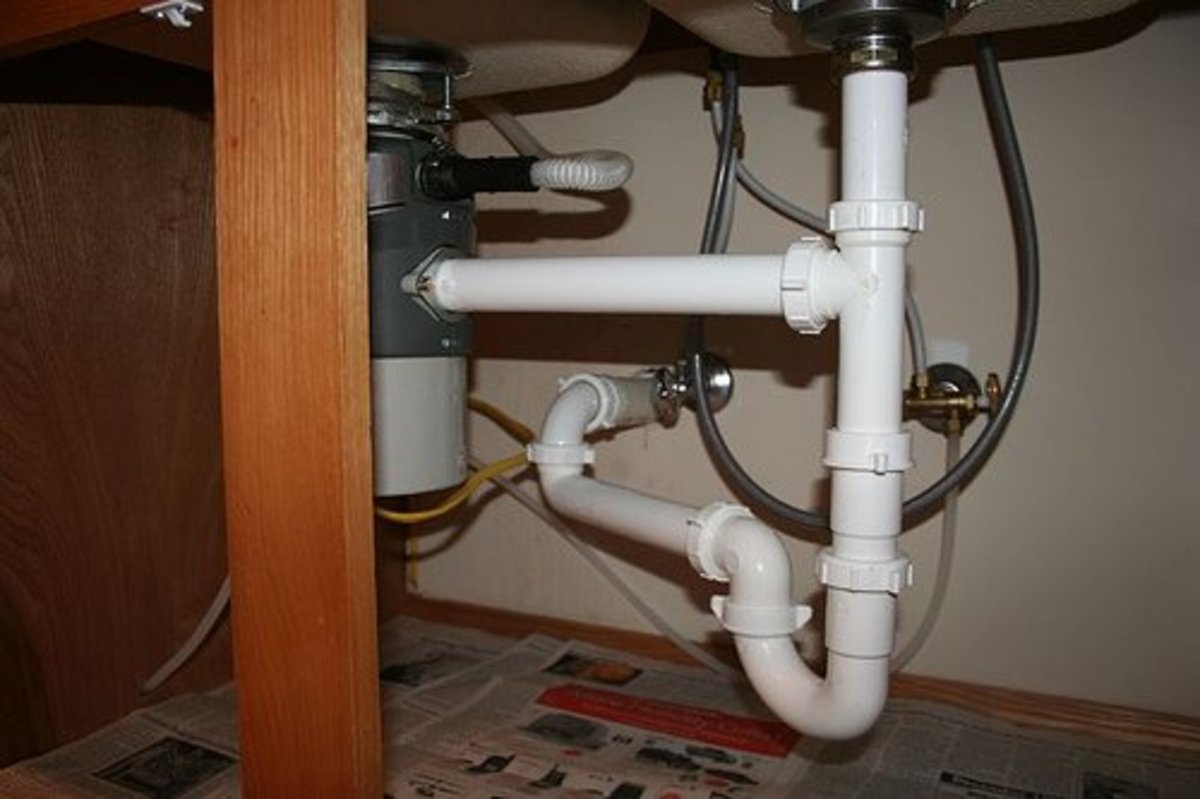

:max_bytes(150000):strip_icc()/how-to-thaw-a-frozen-water-pipe-2124986_FINAL-edit-01-6ff53ed13c7e41559df7070680efe4a6.jpg)




